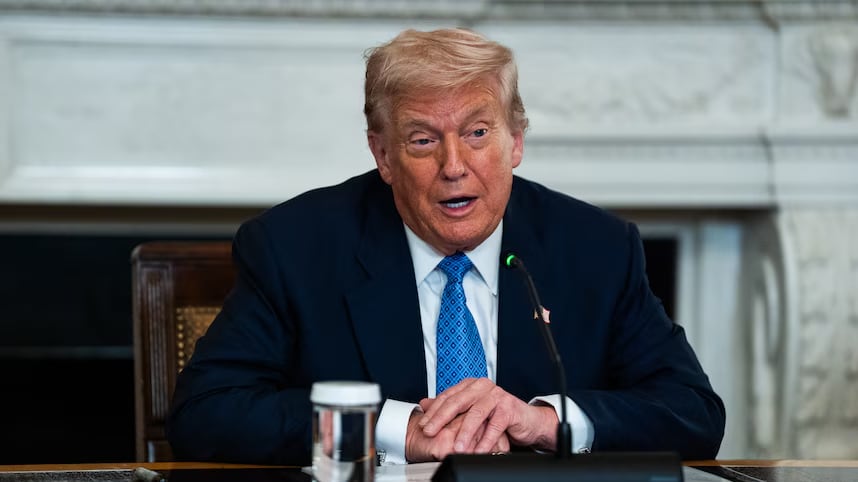Fifteen years ago, talking about presidential royalties would sound like a TV series script. Today it’s news: Donald Trump confirmed that Nvidia and AMD will be able to sell artificial intelligence chips in China as long as they deliver a 15% commission to the US government.
The figure, according to the president himself, dropped from an initial 20% after “negotiating a small agreement” with Jensen Huang. Unusual, controversial, and above all, millionaire.
PUBLICIDAD
How did the deal turn out?
The agreement comes with licenses from the Department of Commerce that reopen the door to limited shipments. In exchange, each sale of AI GPUs to Chinese customers would leave 15% for the Treasury.
The rough estimate circulating in Washington estimates up to 2 billion dollars annually for the state if the order flow is maintained. For businesses, it means selling... but with reduced margins.
What chips can cross the border
The green light covers “crippled” models to comply with export regulations: H20 in the case of Nvidia and MI308 in AMD. These are variants with adjusted performance and bandwidth to not violate limits.
Nevertheless, the H20 arrived with noise: Chinese authorities expressed concerns about a possible “backdoor.” Trump, on the other hand, described it as “an old chip that China already has” and opened the door to allowing sales of Blackwell if its performance is reduced “between 30% and 50%.”
A mechanism... extremely rare
It is not common practice in U.S. foreign trade for a President to negotiate a direct commission for private sales.
Add to an unorthodox pattern: threats of 100% tariffs to force local manufacturing, the idea of splitting Nvidia, the attempt of a 50% state-owned joint venture for TikTok, and, just recently, public pressure for Intel to change its CEO due to alleged ties with China.
It’s geopolitics turned into a business lever, no anesthesia.
What does it mean for Nvidia, AMD... and the AI map
For manufacturers, the deal offers short-term regulatory predictability, but it increases the cost of each contract and complicates pricing compared to non-US rivals. Chinese customers get the product, although with reduced performance and the risk of new restrictions.
For the U.S., it’s immediate box and granular control over what comes in and with what power. The playing field keeps moving: today it’s being sold with scissors; tomorrow it could close again.
What to look for in the coming months
The first test will be whether the volumes in China justify the 15% toll and if attempts to evade it via third countries arise. It will also be necessary to see if Trump formalizes a permanent framework or maintains the “case-by-case” system.
And, key, if the administration opens the door to a downgraded Blackwell: it would be a big business, but it would reignite the discussion about how much power is convenient to export.
The “presidential cut” introduces a new variable into the AI equation: selling is no longer just a matter of complying with licenses, but of sharing revenue with Washington.
Between tolls, mutilated chips, and threats of XXL tariffs, the technological board of the US-China adds another unwritten rule: politics is increasingly becoming part of the price.
